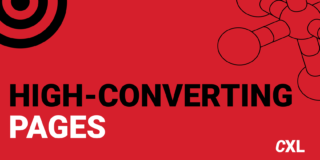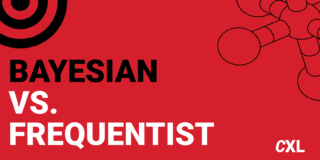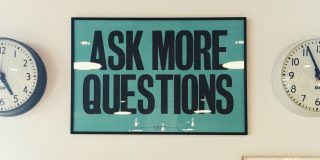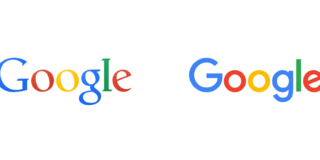Marketing Objectives for the Product Lifecycle Growth Stage

Groove’s customer service platform almost died in the introductory stage because they forgot to listen to their customers. They drew people in with a product they assumed would be a hit and pushed forward without taking in customer feedback.
The result? People had a terrible experience using their product.
After turning their attention toward feedback and testing, letting the voice of their customers fuel their content strategy and product development, they took off. Three years later, they were a $5 million business.
Not revisiting your marketing objectives in the growth phase of your product lifecycle is the death knell of many startups.
In this article, you’ll learn how to develop a marketing strategy for the growth stage. We’ll also share how to achieve marketing goals at this stage, using your existing customers and experimentation to increase sales and loyalty.








